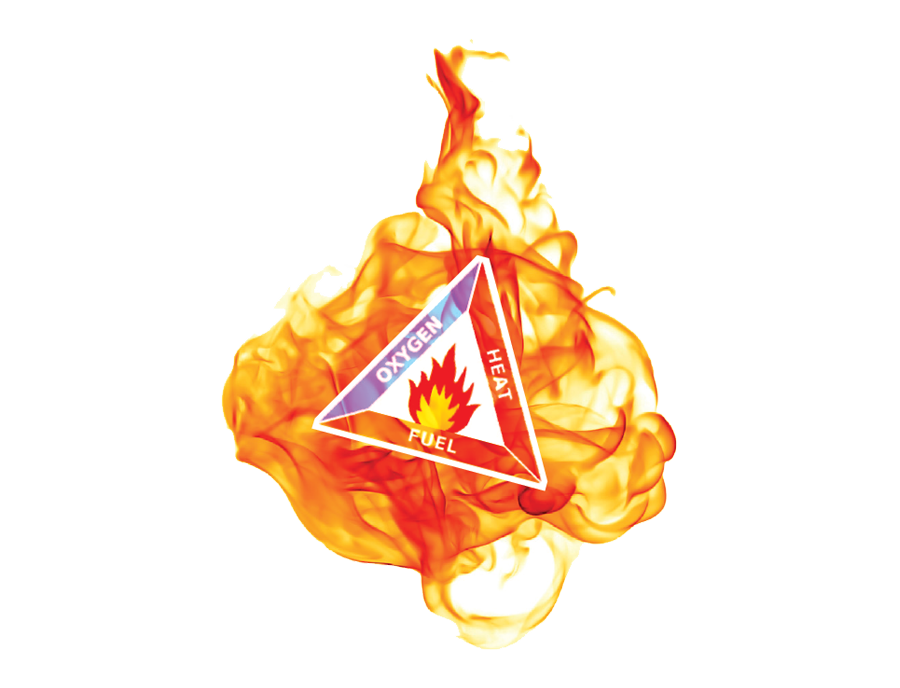Simple steps to prevent tragedy

There is no doubt about the fact that the terrible tragedy at Grenfell Tower has had the effect of focusing the minds of many a business owner, as well as possibly everyone else in the UK.
You have probably asked yourself some of these questions: would I survive a fire in my workplace? What about my employees, or the people renting the flat upstairs? Do I comply with fire safety regulations? What do I do next?
Taking some simple steps can not only keep you on the good side of the authorities, but may just save a life and keep your business going.
What can I do?
As an employer, you have a general duty of care for your employees and anyone affected by your work and this includes making sure that fire safety is taken seriously. First step is to complete a fire safety risk assessment for you premises.
It is like any other risk assessment, in that you should focus on the five steps that the Health and Safety Executive (HSE) say you should do, to achieve a suitable and sufficient risk assessment.
The five steps are:
1. Identify the hazards
2. Decide who might be harmed and how
3. Evaluate the risks and decide on precautions
4. Record your findings and implement them
5. Review it and update when necessary
Identifying those hazards
You might remember being taught about a triangle of fire. This consisted of the three elements you needed to have a fire.
The elements were fuel, heat and oxygen. The basis was simple: if you wanted to prevent or extinguish a fire, take one of the sides away. For example, get rid of combustible materials and you won’t get a fire. Smother a fire and exclude the oxygen by using a fire blanket and the fire goes out.
Getting rid of risk completely is almost impossible and really all you can do is put in place control measures and make sure that everyone who needs to know about fire prevention is aware of what to do.
Decide who could be harmed
Think about your employees and visitors.
Will they have a problem leaving the premises? Do they know what to do in the event of a fire? If there are some difficulties with evacuation, start to plan for it now and make sure everyone is aware of what to do.
Evaluate the risk
A professional assessor will use a matrix for this. What you need to do to make it easy is just to think about whether people are at risk or not. If they are you need to do something about it; if you aren’t putting them at risk, then you must be doing enough.
Record it
I constantly get business owners telling me they do not have to do a risk assessment because they don’t employ enough people. Wrong, wrong, wrong and definitely in the case of fire risk assessments, wrong.
If you end up in court you are going to need to be able to prove that you did a risk assessment. So write it down. You don’t need all the bells and whistles but you do need to list out what you identified as a hazard, who you identified as at risk and what actions you are taking as a result.
Tips for a safer workplace
General fire safety:
• Keep combustible waste to a minimum and away from any ignition sources
• Ensure all employees are aware of their nearest fire alarm, fire exit and assembly point
• Train all employees on fire safety and prevention
• Encourage good housekeeping arrangements
• Store all flammable substances correctly
• Check any smoking area that you have and empty the ashtray safely
• Ask your employees to report to you any fire hazards that they notice
Evacuation procedure:
• Develop an evacuation procedure and make sure employees are aware of it
• Ensure that the procedure includes provision for any deaf or otherwise disabled persons on the premises and that someone is able to give assistance to evacuate the building to disabled persons
• Have a fire warning system (like alarm or smoke detector) and test these weekly to ensure they work
• Position fire extinguishers at appropriate locations and check them regularly to ensure they are still in place, in date and have not been tampered with
• Inspect the means of escape monthly and remove any obstructions as soon as they are noticed
• Conduct fire evacuation drills regularly – we would recommend every six months
• If necessary, appoint an employee to be responsible for specific procedures in the event of fire
Electrical and gas safety:
• Have fixed electrical installations and portable appliances tested and inspected on a regular basis
• Ensure any gas appliances are tested by a Gas Safe-registered person on an annual basis
• If you use portable heaters then:
o have a competent person inspect and test before use
o site so as to avoid any risk of ignition of combustible materials
• Do not use radiant bar-style electric fires
Help is at hand
If you don’t want to hear “you can’t do this” then talk to a safety professional at Safety For Business free of charge, simply by calling 08456 344164.
You are also entitled to a discount on our fees when we help you with your health and safety needs. We can visit to see how you are doing when it comes to compliance. This is free of charge, apart from travel costs, so what do you have to lose?
Tags: Business, fire, health, Health & Safety Executive, Health & SAIFty, health and safety, Health and Safety Executive, HSE, occupational, risk, Safety for Business, Simon Bloxham